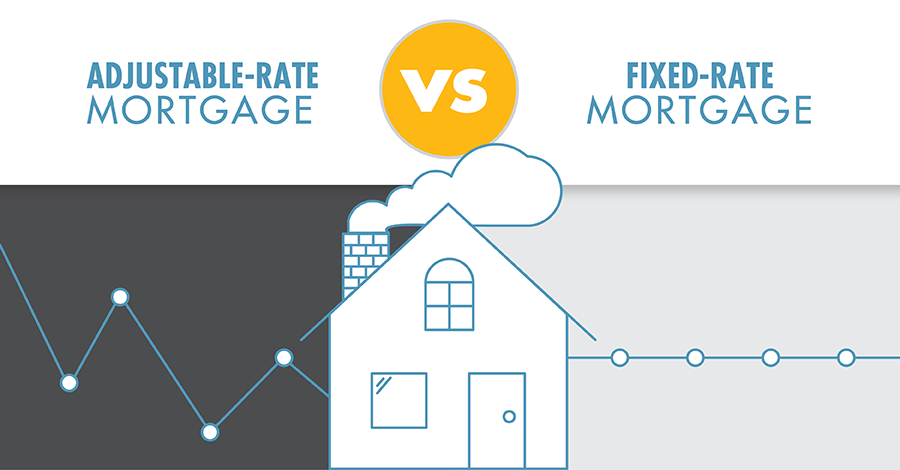ADVICE FOR BUYERS:
Don’t lowball like it’s 2008: It’s not a name-your-price market, so you still have to make reasonable offers instead of way below market value. I find some buyers think it’s 2008, and that’s not the vibe right now. For instance, a property was priced well at $450,000 and a buyer offered $320,000 (final closed price was $455,000). If you get lucky at a low level, great. I’m just saying, being reasonable rather than lowballing is likely a better strategy.
Be patient: Instead of selling in hours or days, properties are spending weeks or longer on the market. This is a real advantage for buyers, so you can take more time to shop. Yet, if you find something perfect, be swift since properties that check all the boxes are going quickly with multiple bids.
Ask for credits (if you can): We’re tending to see more buyers asking for credits to help with closing costs or repairs, so talk with your agent about whether asking for credits is something the market will allow (big point). Remember, this isn’t going to work in every price range or situation.
Buy down the rate if possible: Talk to your loan officer about what it would take to buy down the mortgage rate. This means you can pay more to get a lower rate. Or better yet, if you’re in a situation where the seller is going to offer a credit, consider using that credit to buy down the rate. Getting your monthly payment lower can be a massive financial win.
Target overpriced listings: Overpriced homes represent opportunities for buyers, so go after them. Of course, some sellers are stubborn about accepting offers below their unrealistic list price.
Don’t overpay: On one hand it’s unwise to lowball as a strategy, but still try to get the price lower if possible. Local stats show even when properties get multiple offers today, they aren’t tending to get bid up to the crazy levels we saw last year. Generally speaking, you probably don’t need to offer as aggressively high as you might have two quarters ago. In Sacramento last month we saw buyers on average pay about 2% below the original list price (which is about $12,000 below). This is the average though, so it would be a colossal mistake to automatically offer $12,000 below whatever the asking price is (seriously). Remember, there are many examples of offers still going above the list price, so don’t impose an average on every escrow. All that said, try to get in below the list price if you can because that’s becoming more common. But recognize this is a case-by-case situation that depends heavily on what the property is actually worth and how close pricing was to market value.
Realize there is still competition: About 37% of homes last month in the Sacramento region sold above the original list price, so not everything is selling below like some are talking about. Remember, selling above or below the list price isn’t just about the market. It’s about how the property was priced.
Don’t string sellers along: An agent friend told me about a situation where the buyer was in contract for 40 days and then backed out. Look, it happens, and buyers should back out as needed, so I’m not saying to stay. Do what you need to do. All I’m saying is if you’re on the fence, find a way to be decisive so you can give the seller more space to find another buyer. In a market with quick change, idling buyers can cost the seller money.
ADVICE FOR SELLERS:
Don’t expect to call the shots: Sellers are no longer getting to dictate all the terms, so be careful about expecting buyers to bend to your will.
Be ready to negotiate: You’ve lost power and you need to be prepared to offer credits to buyers and negotiate as needed. Look, your net profit will be lower if you reduce the price or offer a credit, but focus on the bigger issue of how much money you’re making with historically high prices.
Plan for fewer offers: Don’t expect multiple bids, but if it happens, great. The truth is you might only get one offer. I’ve heard a number of sellers holding out for more offers, which is bold move today.
Realize demand has truly shifted: In the Sacramento region there were 30%+ fewer buyers last month compared to one year ago. This has caused supply to shoot up very quickly, which means buyers have more options. The good news is about 70% of the market is still active, but it’s no joke to see a sizeable chunk of buyers sitting on the sidelines.
Forget about hot headlines from the past: The market has changed. We’re not blazing like we were six months ago. My advice? Scrap hot headlines and get familiar with the housing temperature today. It doesn’t matter what cryptocurrency sold for in March. The only thing that matters is what it’s selling for today. It’s the same in real estate. What is competitive to your house and getting into contract right now? That’s the key for pricing.
Don’t get offended over requests for credits: Buyers are forking over big bucks to purchase a home right now due to higher prices and a spike in rates. This means some buyers are going to want help with closing costs or repairs. A seller recently got bent out of shape with a buyer asking for a credit, and to me that showed the seller was simply out of touch with today’s trends.
Prepare your house like it was a first date: If you can, take care of basic cosmetic repairs prior to listing. It’s like going on a date. You want to impress and put your best foot forward. Buyers today have more space to scrutinize details, so tightening up details gives buyers fewer reasons to say NO.
Help the escrow be fast: Buyers are pickier about staying in contract, so do all you can to help the escrow be smooth and quick. An escrow with fewer surprises and hurdles is a good thing right now. The last thing you want is for buyers to be stuck waiting while uncertainty is growing. On that note, it might not be a bad idea to take care of Section 1 damage prior to listing (or get a pest report so the buyer is informed prior to making an offer).
Don’t get stuck on the original list price: There is nothing holy about the list price, so don’t get stuck there. If the market isn’t biting, it’s time to reduce the price. In the Sacramento region we historically only see about 14% of properties sell at the original list price, so 86% of the time the price is literally going either higher or lower. And in today’s market, there is a better chance of going lower rather than higher.
Stop believing in unicorns: Look, everyone hopes for a mythical buyer to swoop in and pay more. In Sacramento, it’s a Bay Area buyer, and I suspect in many other states it’s a cash buyer from California. Keep in mind only about 15% of the local market has been cash, so it seems wise to price for 85% of transactions that are financed. Don’t price for the unicorn!!!
Be in tune with picky buyers: Buyers are pickier about condition, location, and price. Buyers can be this way for two reasons: 1) It’s more difficult to afford a house with today’s prices and higher rates; and 2) There is more supply, so there are more options.
Buying down the rate is NOT your silver bullet: I’m hearing lots of people talk about keeping the price high and giving a credit to the buyer to buy down the rate. I get the sentiment because a lower rate helps the buyer, but this is ultimately a seller-oriented narrative. It’s especially common to hear this from builders with new construction. The truth is some buyers are going to want a price reduction as well as a credit. As a seller, you’re going to have to see what the market allows you to do rather than dictating the terms. ”
Ryan Lundquist
Certified Real Estate Appraiser
TEL: 916-595-3735
LundquistCompany@gmail.com
https://sacramentoappraisalblog.com/2022/08/08/advice-for-buyers-sellers-in-todays-housing-market/


 Facebook
Facebook
 X
X
 Pinterest
Pinterest
 Copy Link
Copy Link















